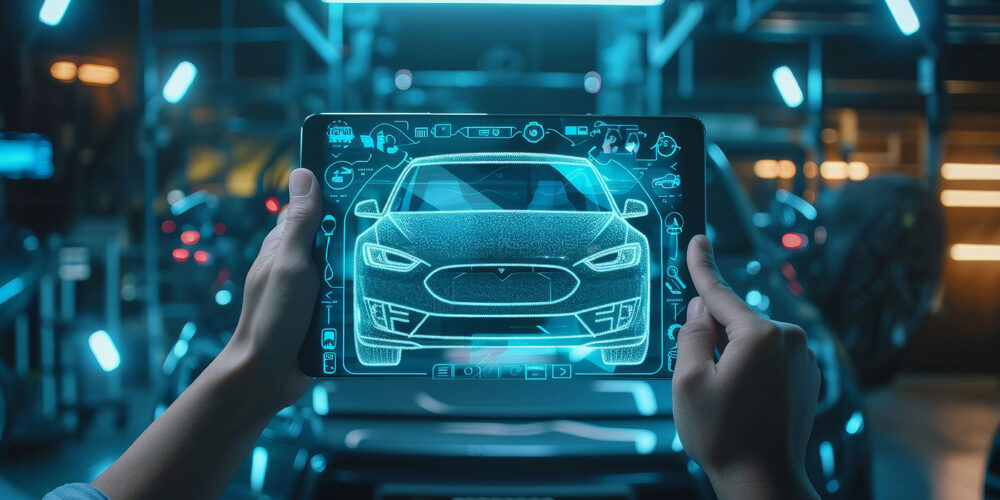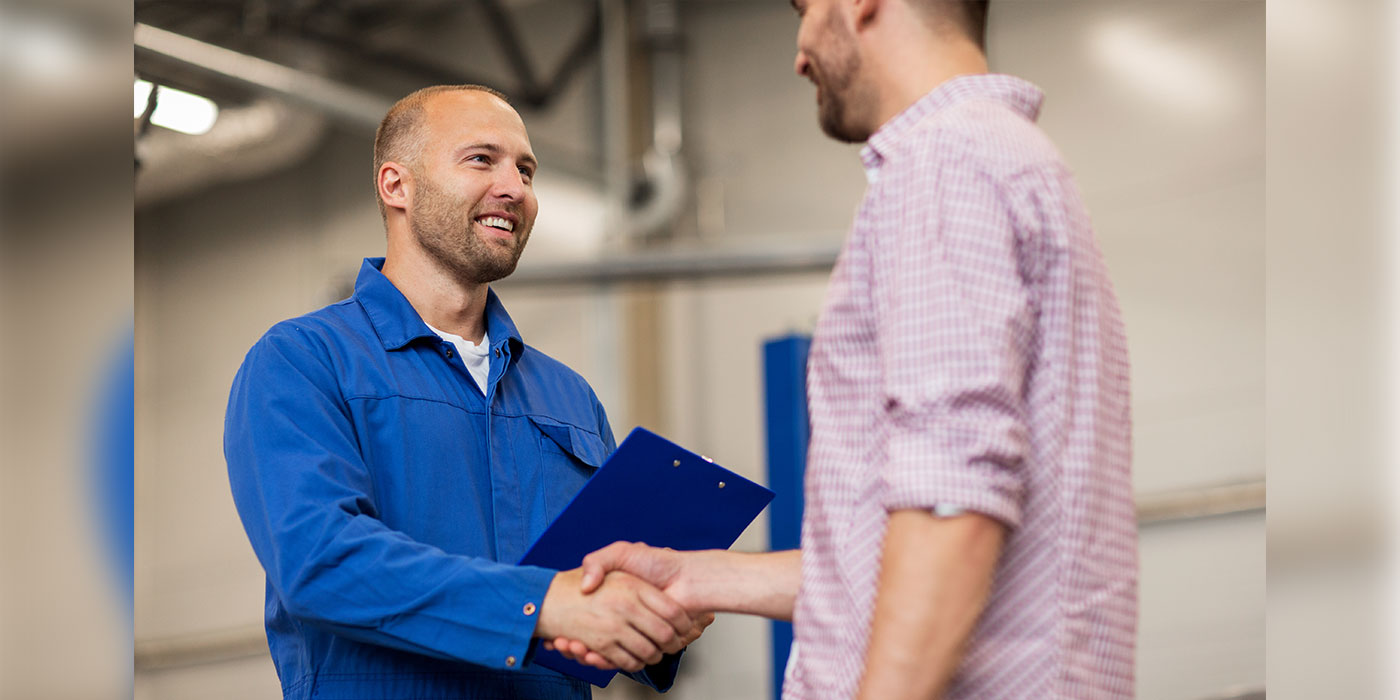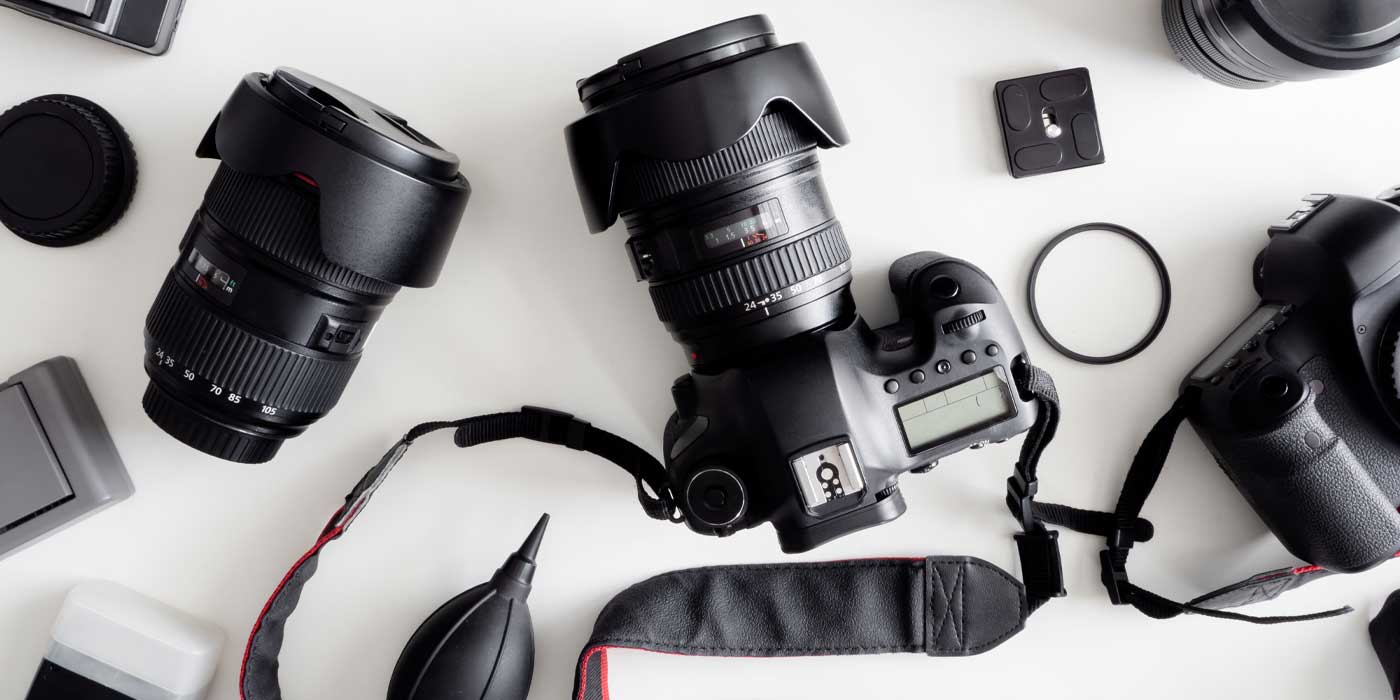By Peter Duffy, founder/CEO of Dealer Image Pro
A picture is worth a thousand words, but in today’s world of automotive digital retail, it needs to be worth a thousand clicks. That’s because while more people are shopping online today for cars and trucks, they’re making many of their consideration and purchase decisions based on the vehicle photos they’re looking at.
Yes, sticker price size matters. Yes, financing matters. Yes, credit availability matters. But what gets a person interested in a particular vehicle and moving through the funnel is what excites their eyes.
It’s the same reason why millions of people spend so much time on Instagram or why they spend so much time making sure they have just the right set of photos for their Tinder profile.
Selling cars in an Instagram society
Just consider for a moment that there are over one billion active Instagrammers, and more than half of those users (500 million) are active every day. What’s more, 95 million photos and videos are shared on Instagram every day, and over 40 billion photos and videos have been shared on the Instagram platform since its conception.1
Diamonds are a girl’s best friend, but it’s a good photo that gets their attention and buying a car.
So, other than the obvious (higher sales), why should dealers care so much about better photos? Because without them, they’re literally flushing money down the drain. Borrell Associates expects auto dealers will spend roughly $9.4 billion this year on advertising and marketing — up 8.8% compared with 2021.2
Online technology makes the photo process different
That’s a lot of money for a segment of the industry notoriously careful about advertising expenditures. However, the problem dealers run into isn’t the decision on whether to spend on advertising or not, but rather how they go about that spend. Especially when it comes to vehicle photos, online technology has become extremely advanced, and you can’t pull out a polaroid, snap a few quick pics and expect to grab someone’s attention anymore. In fact, without understanding all of today’s technical nuances of photography, your photos may not even make it to Google.
Across the hundreds of dealership advertising campaigns we observe and consult on each month across the U.S., we typically see about half of dealership vehicle inventory photos disabled and rejected by search engines after being initially posted due to poor image quality, overlays, dumb text, etc. Educating dealers on the finer intricacies of acceptable photography today and how that translates over to their marketing technology needs to remain mission number one.
Good vehicle photos aren’t just point-and-shoot
Dealers today have two primary areas of need when it comes to building the right vehicle image inventory – the right resources to take the photos and the right training on understanding how to take good photos. Like many other areas of digital business today, there are plenty of apps and software available where dealers can upload their photos. However, if they don’t have the right equipment and training, all of that software is like a shirtless guy on Tinder holding a fish – it’s useless, and it won’t get you paid. Training is important because dealership turnover remains a significant issue. Your best in-house vehicle photographer might be here today and gone tomorrow, so finding a partner with unlimited employee training is critical.
Once the photos are taken and uploaded, there’s one more key element that today’s apps and software won’t help with – professional editing. Vehicle images must offer the right angles, light balance, straightness and color corrections. These minor details can mean the difference between someone falling in love with their next BMW or moving on to see a Lexus.
The last thing to point out with photos today is quality control. Whether it’s used or new inventory, when it shows up on the lot, the photos must be taken and taken right. This is especially important today, where used and pre-owned inventory is just as critical as new. When vehicles come out of reconditioning, professional editors must catch every little detail, such as a photo of a vehicle with no bumper – it happens more than you think.
Understanding each of these photography best practice areas will be critical to not only meeting and surpassing monthly sales goals, but they will help ensure car shoppers remember the superior online shopping experience they had in your digital storefront. The right vehicle photography will keep them coming back, improve sales and ensure that you’re not wasting digital marketing dollars each month on search engines.
Sources:
1https://www.wordstream.com/blog/ws/2017/04/20/instagram-statistics














